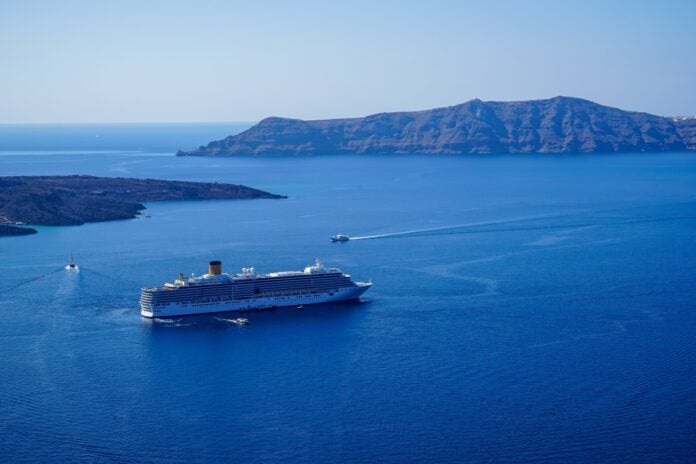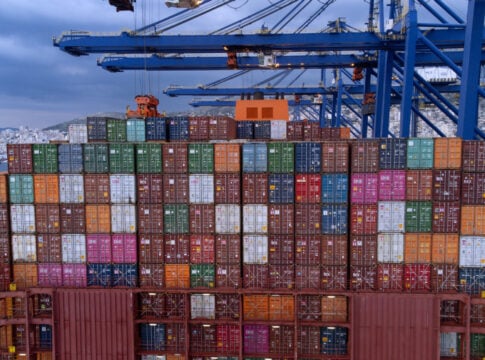As the 8th Posidonia Sea Tourism Forum prepares to welcome the global cruise community to Heraklion, Crete, in May, attention is turning to the Eastern Mediterranean – a region facing serious challenges for the further development of the industry.
Among the most critical issues are overtourism and the pressure on the environment and infrastructure of destinations, shortages in port facilities, as well as geopolitical uncertainties that intensify risk and uncertainty for the future.
“Mediterranean: The Urgent Need for New Popular Ports and Destinations”
With the main topic “Mediterranean: The Urgent Need for New Popular Ports and Destinations”, this year’s Forum will bring together key stakeholders, executives, industry leaders and policymakers to seek solutions to these pressing issues. Discussions will focus on solutions and strategies to overcome these challenges and unlock new opportunities for sustainable and resilient growth.
“The wider Eastern Mediterranean is facing complex dynamics,” said George Koumbenas, President of the Cruise Ship Owners and Shipping Operators Association, adding: “The ongoing conflict in Gaza and the escalation of security risks in the Red Sea have significantly reduced the cruise footprint across the region, reminiscent of conditions last seen after the Arab Spring. Key markets, such as Israel, Egypt, Cyprus and parts of Southern Turkey, are experiencing a notable downturn.”
5,490 cruise ship visits in 2024
Despite these pressures, Greece has shown resilience, with strong evidence of recovery after the pandemic and promising forecasts.
According to data from the Hellenic Ports Association (ELIM), Greece recorded 5,490 cruise ship visits in 2024, representing a total of 7,927,709 passenger visits – an increase of 260 cruise ship visits and 924,559 passenger visits respectively, compared to the previous year. Homeporting activity continues its upward trend, with Piraeus being the departure point for 635 cruises with 1.1 million passengers, followed by Corfu, Heraklion, Lavrio and Thessaloniki.
Challenges
However, challenges to further growth remain. Although the region recovered quickly after the pandemic, Turkey has not returned to its pre-COVID levels as a popular cruise destination. The unexpected, for now, resumption of Black Sea routes, combined with Turkey’s slower recovery, have also significantly reduced routes to Greek ports in the North and East Aegean.
Rapidly changing dynamics and different growth rates between destinations in the same region make itineraries increasingly complex. One of the central themes of the Forum will be the trend of cruise lines operating larger ships in the Eastern Mediterranean in order to meet growing demand. While these ships offer economies of scale and greater capacity, they also put significant pressure on ports and tourism infrastructure — especially when many ships call at the same time. Many popular destinations, such as Santorini, already apply daily passenger limits or levy special fees, while several other ports are considering similar measures.














